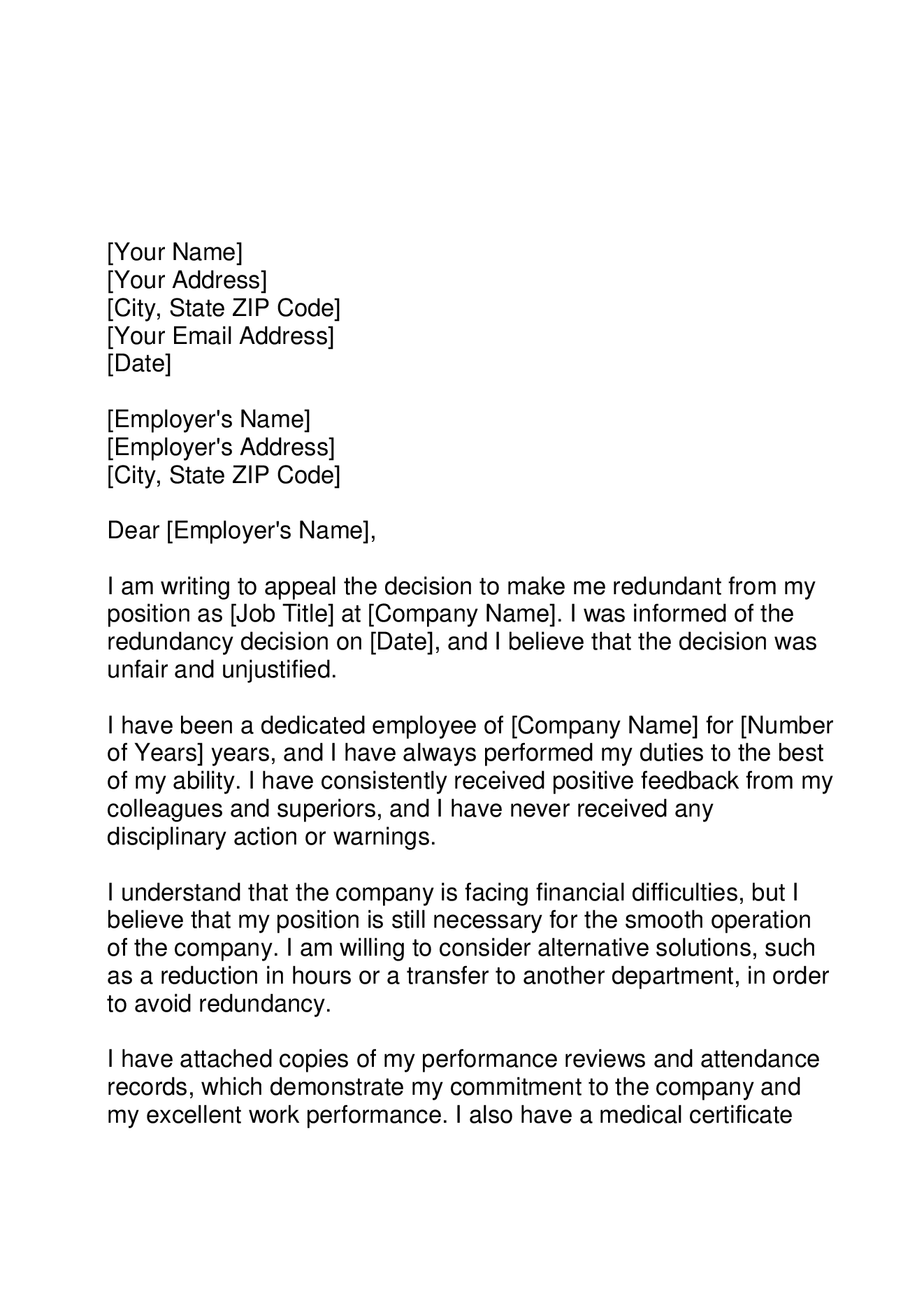Small Business Closing Employee Rights UK: What You Need to Understand About Redundancy
Small Business Closing Employee Rights UK: What You Need to Understand About Redundancy
Blog Article
Exploring the Operational Characteristics of Firm Redundancy and Its Long-Term Sustainability

Redundancy Approaches for Service Continuity
In order to guarantee nonstop operations, businesses need to implement efficient redundancy approaches for organization connection. Redundancy in this context refers to the duplication of essential components or features within a system to reduce the effect of possible failures. By incorporating redundancy strategies, companies can boost their resilience against disturbances triggered by numerous variables such as natural disasters, equipment failings, or cyber-attacks.
One usual redundancy strategy is the implementation of backup systems and information storage services. This includes producing matches of crucial information and systems that can be activated in case of a primary system failing. Furthermore, companies can develop repetitive interaction networks and power sources to preserve connectivity and operations during unpredicted events.
Moreover, cross-training employees to perform multiple functions within the business can serve as a useful redundancy method. If key personnel are unavailable due to health problem or various other reasons, this guarantees that vital tasks can still be brought out even. Overall, reliable redundancy methods are vital for organizations to maintain operational connection and decrease the effect of possible disturbances.
Influence of Redundancy on Organizational Resilience
Offered the vital duty redundancy strategies play in making certain company continuity, checking out the impact of redundancy on business resilience ends up being necessary for comprehending the all natural functional dynamics of a business. Redundancy, when purposefully implemented, can considerably contribute to improving a company's strength in the face of unanticipated challenges.
Furthermore, redundancy can strengthen staff look at this now member morale and confidence, knowing that there are backup plans in place to deal with unanticipated circumstances. This complacency can lead to increased productivity and a much more favorable workplace. In addition, redundancy can cultivate development and imagination within a company as workers really feel equipped to additional hints take computed risks, knowing that there is a safeguard to sustain them in instance of failing. Overall, the impact of redundancy on organizational strength is extensive, shaping the long-lasting sustainability and success of a firm.
Stabilizing Efficiency and Flexibility in Redundancy
Achieving an unified equilibrium between functional performance and adaptive flexibility is a critical obstacle in the critical deployment of redundancy within companies. Too much versatility without a strong functional structure can result in inadequacies and inconsistency.
To stabilize performance and versatility in redundancy preparation, companies have to carefully assess their functional needs, market dynamics, and strategic objectives. Eventually, finding the best balance between performance and versatility is important for constructing a lasting and resistant company in the face of uncertainty.
Long-Term Sustainability With Redundancy Preparation
To ensure enduring stability and stability, organizations should tactically straighten their redundancy planning with long-term sustainability goals, consequently balancing functional performance with adaptive versatility. Business should check out redundancy not as a responsive remedy to prompt issues yet as an aggressive method for long-lasting success.

Positive Procedures for Sustainable Firm Operations
How can companies proactively enhance their functional sustainability for lasting success? Applying aggressive measures is important for business intending to guarantee sustainable operations.
Moreover, fostering a society of continual renovation and understanding within the company can enhance adaptability to changing market problems and consumer needs. Urging staff member participation in decision-making visit this site procedures and offering opportunities for professional development can improve spirits, performance, and total efficiency. Establishing clear goals, monitoring vital efficiency indications, and frequently reviewing progression are crucial elements of aggressive sustainability management.
Collaborating with distributors, clients, and other stakeholders to advertise lasting methods throughout the supply chain can create a causal sequence of favorable effect - redundancy pay if company goes bust. By taking proactive steps in the direction of operational sustainability, firms can develop durability, drive development, and secure their long-lasting success in an ever-evolving business landscape
Conclusion

In the realm of business administration, the tactical release of business redundancy stands as an essential yet complex practice that demands a delicate equilibrium between operational efficiency and lasting practicality. By studying the operational characteristics that underpin company redundancy and evaluating its more comprehensive ramifications for business durability and flexibility, a nuanced understanding of just how redundancy methods can shape the future trajectory of a business begins to unfold.Offered the essential role redundancy methods play in ensuring service connection, checking out the impact of redundancy on organizational strength ends up being essential for recognizing the holistic functional dynamics of a business. On the whole, the impact of redundancy on business durability is extensive, shaping the long-lasting sustainability and success of a firm.
In conclusion, understanding the functional dynamics of business redundancy is critical for guaranteeing long-lasting sustainability.
Report this page